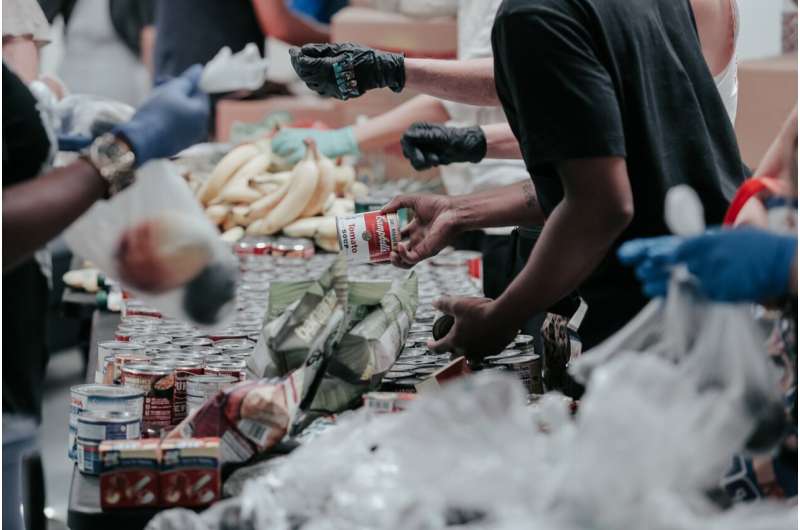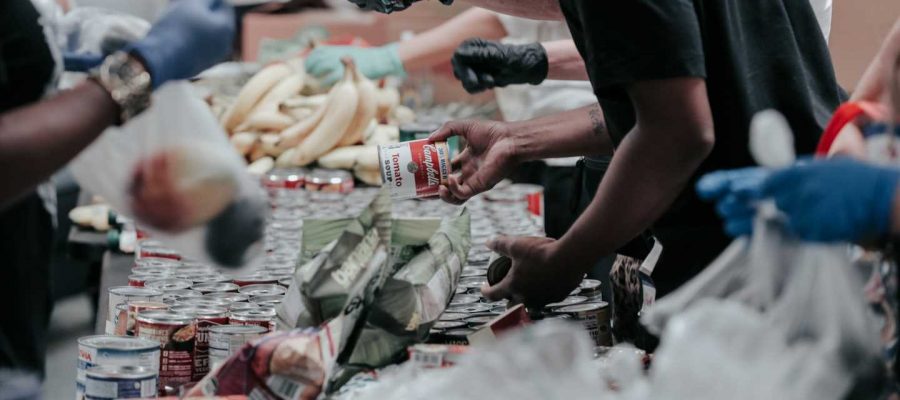
Approximately 1 in 8 military families with at least one child reported using a food bank, pantries or other charitable food distribution resources in the past year, according to new research from the University of Georgia. Published in Public Health Nutrition, the study relied on data from the National Military Family Association, a nonprofit advocacy group dedicated to improving the lives of U.S. military families.
More than 8,325 families with an active duty service member in the United States Army or Air Force were surveyed in spring 2021. Of those, 13.2% reported having to use food distribution resources at least once in the past 12 months. The odds of using a food pantry increased by 35% for each dependent child in the family.
The study found Army families were 131% more likely to use a food bank than Air Force families. Lower-ranking service members were more likely to use food distribution resources than higher-ranking individuals. And Asian, Black and multiracial families were about 50% more likely to use food distribution services than white families.
“If we look at the American population in general, about half of Americans are living paycheck to paycheck,” said Catherine O’Neal, lead author of the study and an assistant professor in UGA’s College of Family and Consumer Sciences. “So it’s not really all that surprising that what we’re seeing with the military reflects the broader population.”
More families may need food assistance than are getting it
Previous research has shown one in four military families experience some level of food insecurity. The U.S. Department of Agriculture defines food insecurity as lacking access to enough food for each person in a household to live a healthy life.
The present study highlights a disconnect between the likely number of people who need help feeding their families and those actually receiving much-needed assistance.
“Stigma is a common suspect for why people don’t utilize the resources available to military families,” said O’Neal. “There’s this idea that they will be perceived as somehow less than or not capable.
“Alleviating the stigma connected to using food resources and making sure people are connected to their communities and know what resources are available to them are key to helping solve this problem.”
Dual-income families less likely to need food distribution resources
Two-income families were 27% less likely to use a food bank than single-earner households, according to the study.
But it’s difficult to hold down a job when your family moves every couple of years. And moving so frequently gets expensive.
While military families receive a base allowance for housing, some find it isn’t always enough to cover finding a place to live in more expensive cities with a saturated housing market.
The COVID-19 pandemic created additional financial stressors for many families, both military and civilian, as did inflation.
“Military families are first and foremost families,” O’Neal said. “No one is immune to the potential of financial stress. Any efforts to address food insecurity will have to be a multi-pronged initiative that addresses the many contributing factors.
“As one part of that effort, military financial literacy efforts are underway to help military families understand how to maximize their pay and get the most out of their money.”
More information:
Catherine W O’Neal et al, Use of food distribution resources among military families with young children since the COVID-19 pandemic, Public Health Nutrition (2023). DOI: 10.1017/S1368980023001738
Journal information:
Public Health Nutrition
Source: Read Full Article
